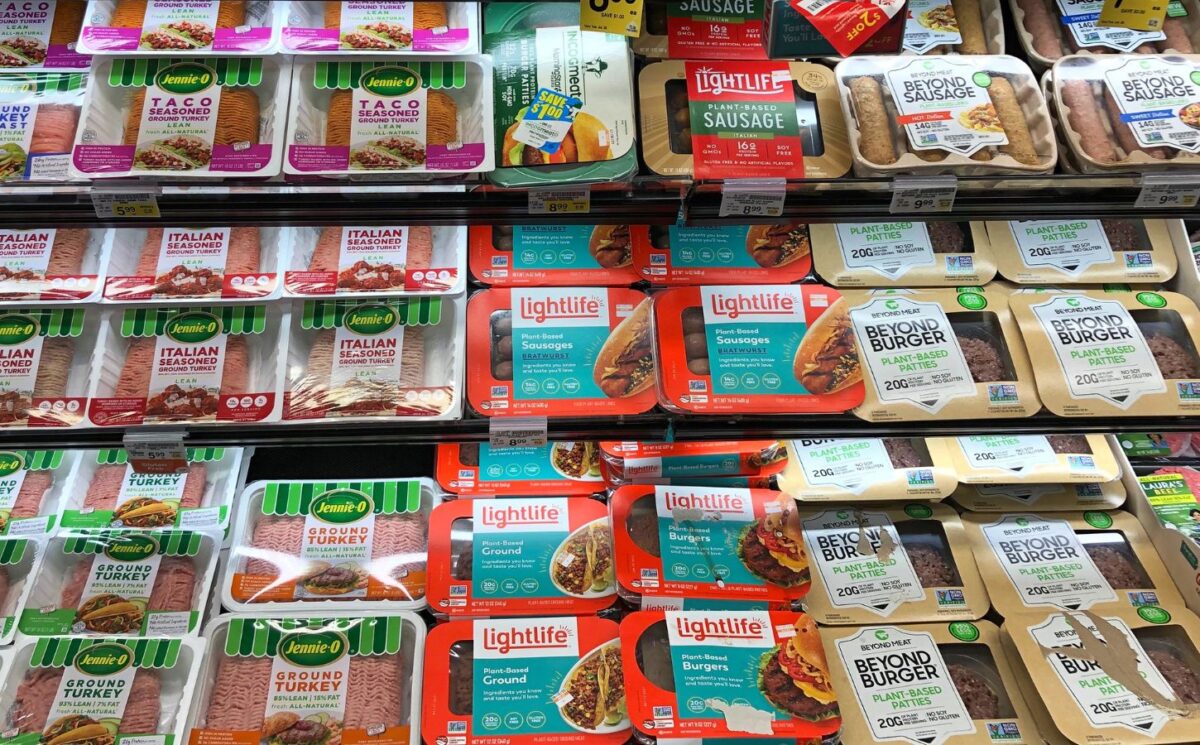
Mighty Earth Publishes 2019 Easter Buyer’s Guide for Environmental Chocolate
Mighty Earth Publishes 2019 Easter Buyer’s Guide for Environmental Chocolate

Sucden receives “Rotten Egg Award,” Lindt identified as 2019’s “Good Egg”
In advance of the Easter holiday, advocacy organization Mighty Earth released today, an environmental buyers’ guide for sustainable chocolate. The guide assesses 57 chocolate companies’ environmental policies and practices to provide consumers with an easy reference when buying chocolate for friends and family.
Easter is the peak holiday for chocolate sales around the world, with a greater market share than Christmas, Valentine’s Day, or Halloween. “People are increasingly looking for sustainable options when they shop,” said Etelle Higonnet, Campaign Director at Mighty Earth. “They don’t want to give their kids Easter eggs made with child labor, or that killed chimpanzees. We want to make that process easier, so that you can savor a chocolate egg without having to worry if the company that made it wiped out a national park in Africa to get the cocoa.”
Mighty Earth gave Sucden the inaugural “Rotten Egg” designation for its weak scores across all measured categories. Sucden has been one of the least responsive cocoa traders, refusing to engage with citizen groups, trace where its cocoa comes from, commit to deforestation-free cocoa, or switch to environmentally friendly agroforestry for its cocoa production. Moreover, the company – which also controls 15 to 20 percent of the world’s sugar – refuses to ensure a living income for the farmers that supply its cocoa. It has also failed to eliminate child and slave labor from its supply chain.
“Sucden is essentially accepting or turning a blind eye to deforestation, ecological devastation via polluting monoculture, slavery, child labor, and the dire poverty of farmers,” said Higonnet. “If anyone deserves a rotten egg, it’s Sucden.”
Mighty Earth named Lindt – one of the top ten chocolate companies in the world – as this year’s “Good Egg.” This year, Lindt not only joined but went above and beyond the industry standard Cocoa & Forests Initiative (CFI). Lindt’s “No Deforestation and Agroforestry Action Plan” includes dramatic transparency measures, including disclosure of Lindt’s supply chain to suppliers and locations Lindt sources from. Over the last two years, Lindt has embraced zero deforestation worldwide, full traceability of every bean, restoration of forests, the High Carbon Stock Approach (a methodology that distinguishes forest from degraded lands, for optimal implementation of corporate deforestation-free commitments that also ensure local peoples’ rights and livelihoods), and agroforestry with a minimum of 30 percent shade tree cover.
Mighty Earth’s new scorecard includes more than 20 new companies, most of them supermarkets. Roughly 40 percent of the profits of any given chocolate bar go to supermarkets.
“The majority of cocoa farmers make under $1 per day. With the lion’s share of the benefits, it is high time that retailers take responsibility for human rights abuses and environmental abuses in the cocoa they sell,” said Higonnet.
Mighty Earth ranked companies based on their deforestation policies in West Africa, global cocoa deforestation policies, and agroforestry (a way of measuring how companies are doing on shifting away from destructive ‘full sun’ monoculture to forest-friendly, shade-grown, agro-ecological cocoa) – the same categories as last year. However, the 2019 scorecard includes a new category for traceability. Within the last year, many players in the industry made huge progress on this front, tracing as much as 80 percent of their direct supply chain, to move closer to clarity, honesty, and transparency.
Mighty Earth also added new a column for living income. While some consumers may be wondering whether to first eat the ears or the feet on one of the 90 million chocolate Easter bunnies produced each year, most cocoa farmers are wrestling with whether or not they can afford to put a meal on the table for their families. Farmers’ poverty has only gotten worse in the last three years. Roughly 2.1 million children work in cocoa, 96% of whom are found to be in hazardous labor according to researchers at Tulane University.
“I can accept that some parents with a sweet tooth might sneak a wee bit of candy from their kids’ stash,” said Higonnet. “But I can’t accept that a $100 billion-a-year industry is robbing the farmers who are slaving away in unacceptable conditions to supply them with raw materials.”


